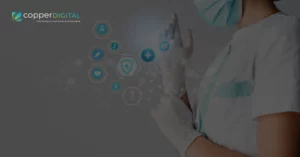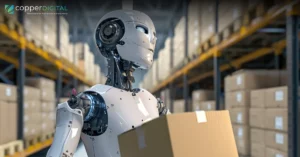The current Revolution or Industry 4.0 brings about intelligent, interconnected, and autonomous manufacturing equipment and systems. This is by augmenting deep domain expertise within OT companies with IT technologies like Artificial Intelligence, big data, cloud computing, and ubiquitous connectivity.The increased integration brings together both OT and IT data or what is called the convergence of IoT. However, this integration has different impacts on different functions, including operations, engineering, quality, relatability, and maintenance.
The excitement that comes with the fourth industrial Revolution or Industry 4.0 is mainly because of the limitless possibilities of connecting everything, everyone. These opportunities aim to reduce downtime and increase efficiency through the Industrial Internet of Things (IIoT).
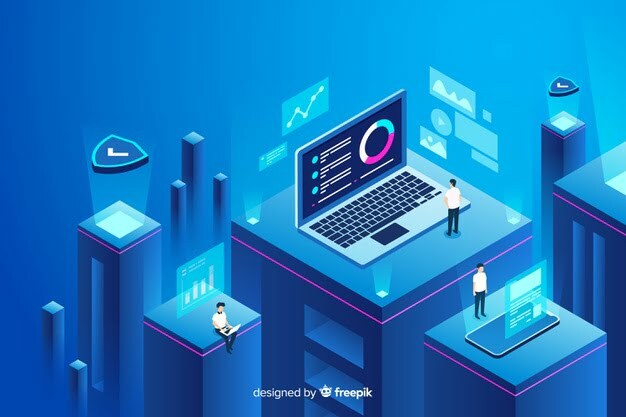
Convergence and interoperability are critical for this revolution to live up to the limitless expectations. Convergence means to interconnect things so that communication can occur. Interoperability uses standard, complementary communications technologies, and processes that ensure machines speak the same language.
The History
Let’s talk about each industrial revolution and how it catalyzed the convergence of technologies from multiple domains. During the first industrial revolution, power machines came into the picture. That made way for the second industrial revolution. During this phase, even smaller steam engines, multiple innovations like electricity, steel, and machine tools were brought in.
This was the era of mass production.
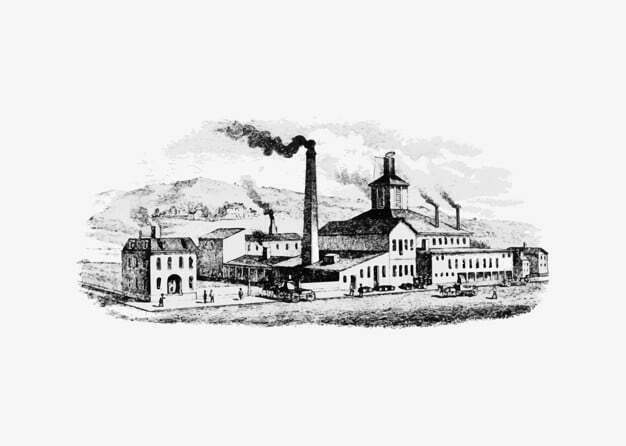
The third Industrial Revolution improved automation and controls across several industries through Programmable Logic Controllers (PLCs). These PLCs were first introduced to a mostly mechanical world and helped improve yields and decrease manufacturing costs. Moving forward to Industry 4.0, it brought about intelligent and more interconnected autonomous manufacturing equipment and systems. The open and widespread use of open protocols across heterogenous industries laid the need for IoT.
A Cultural Shift
It and OT usually exist as two separate departments. There was a subtle need for these two to converge to find a real business value. Also, strategic challenges need to be addressed to ensure a smooth transition.
First of all, the strategies of the IT and OT departments need to be a common ground. As Bill Keyworth, an Adjunct Advisor with IDC’s IT Executive Programs (IEP), mentions that true IT/OT convergence can only happen when technology executives see what’s missing and available from IT to move towards a transformative model. Moreover, IT should also understand what is required to enhance and deliver on critical OT demands.
The Benefits of Convergence IoT
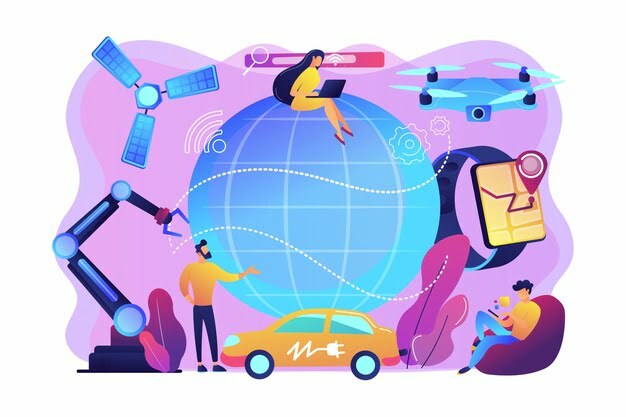
Key benefits include the following:
a) Optimization and enhancement of business processes
Decisions will be made in real-time with higher confidence levels because of the ample information available regarding the event. Management of an IT/OT converged network executes a closed-loop process by targeting a feeder or substation, issuing some signals to customers, and gauging real-time response.
b) Shorter Development time
IT and OT groups now share fundamentals in communications and network architecture, simplifying the transport of data across systems.
c) Security across multiple networks
In the past, many OT groups depend on standalone data networks for network security. With converged IT and OT networks, the entire system must be secure to minimize vulnerabilities at any single point in the combined network. By converging IT and OT, organizations would realize these benefits and numerous others specific to the organization’s business process and IIoT strategy.
Technologies that enable the Convergence of IoT
While the economic benefits are defined by individual organizations, the technologies that will allow IT/OT convergence are currently available and are rapidly increasing due to IoT, Big Data, and the drive to more intelligent SCADA networks. These technologies include:
a) High power/performance sensors, controllers, RTUs, and PLCs.
b) Operating systems that have standard communication stacks and security protocols.
c) Low power Ethernet and wireless communication to sensors and controllers.
d) Standard protocols such as MODBUS, DNP3, IEC 60950
The Challenges
The convergence of IoT comes with its challenges, given that every manufacturer is unique in its approach. These challenges in IT/OT convergence and project execution are:
a) Power ownership
b) Communication between groups and stakeholders
c) Adapting or harmonizing conflicting organization needs, processes, and policies to a standard structure.

Security is a significant challenge. Increased connectivity between IT and OT improves the threat surface for cyber attacks. More massive vulnerabilities can allow harmful agents to make unauthorized changes to controls and mission-critical infrastructures and industrial operations.
As organizations work towards leveraging benefits from the convergence of IT/OT functions, stakeholders, product owners, and organizational managers must continue to understand the differences between IT and OT while embracing the similarities.
With this blog, the benefits and challenges of IT/OT convergence have been defined. It is critical to understand the management basics of this convergence. The general IT/OT project approach is:
-Determine the business goals or drivers
-Develop the implementation roadmap since IT/OT projects are likely multi-phase implementations
-Develop the business and get stakeholder buy-in
-Develop the business process workflow and use cases
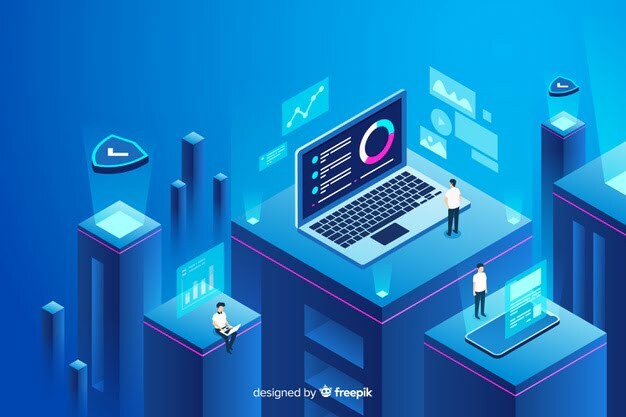
In all, worldwide IIoT markets are exploding and benefiting from the proliferation of data and its transformation into information; companies need an IoT strategy that includes IT/OT convergence in addition to Big Data. As technology changes continue to close the divide between IT and OT systems, IT/OT convergence will see shorter development cycles, higher policy and security administration, and smarter business analytics. These are inherent gains of IoT and Big Data markets. In short, technology, hardware, software, and communications are not likely to provide critical challenges to convergence of IoT. Contact our experts to gain more insights on the the Internet of things.


